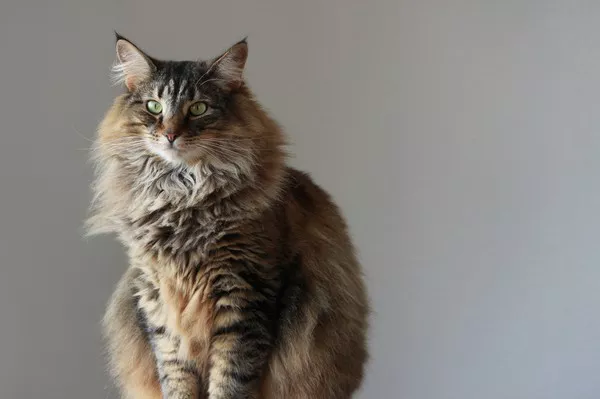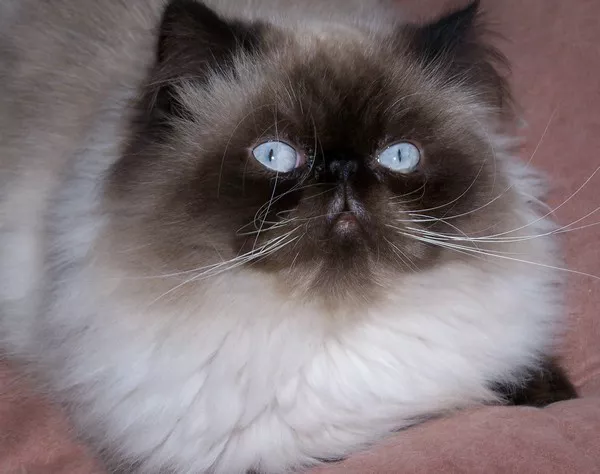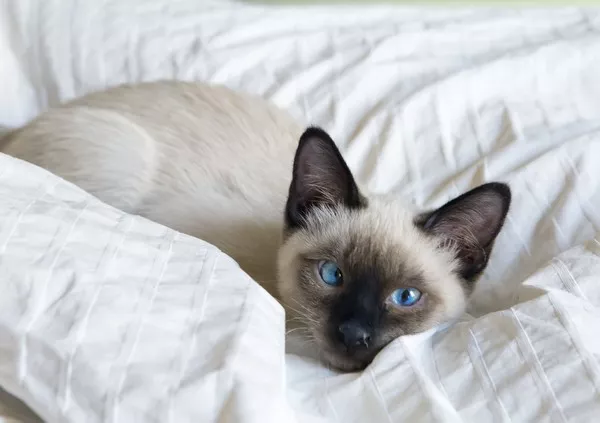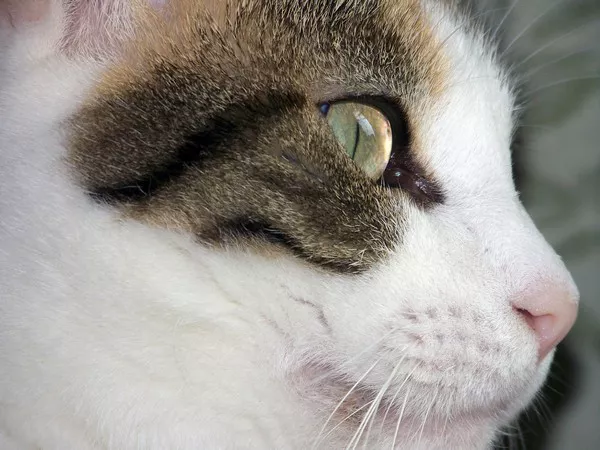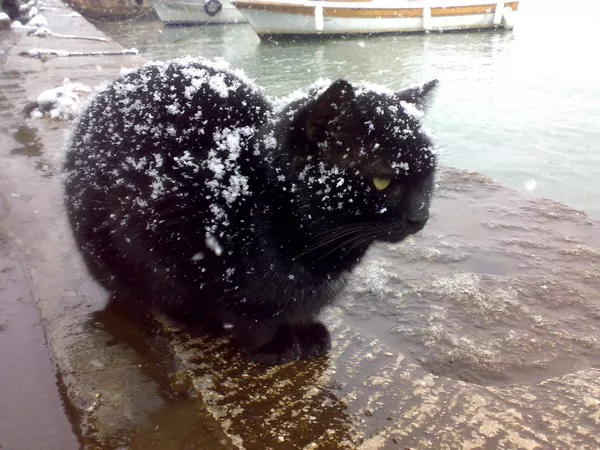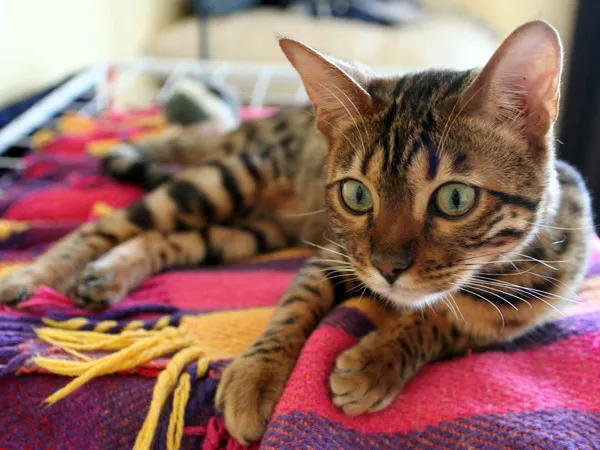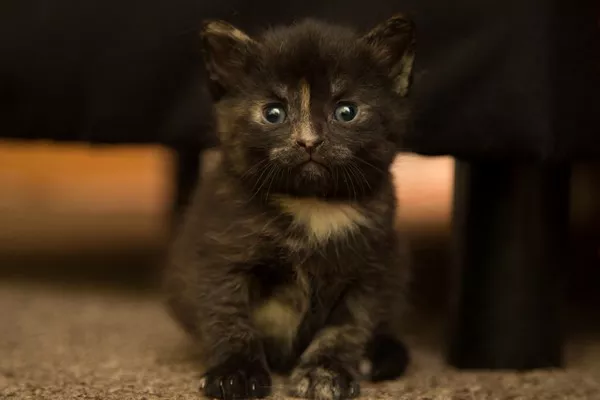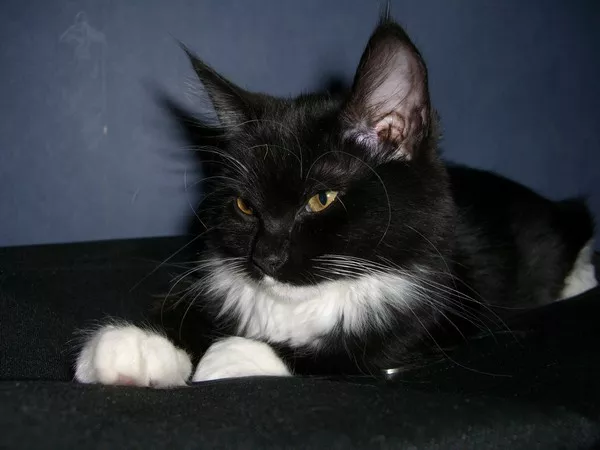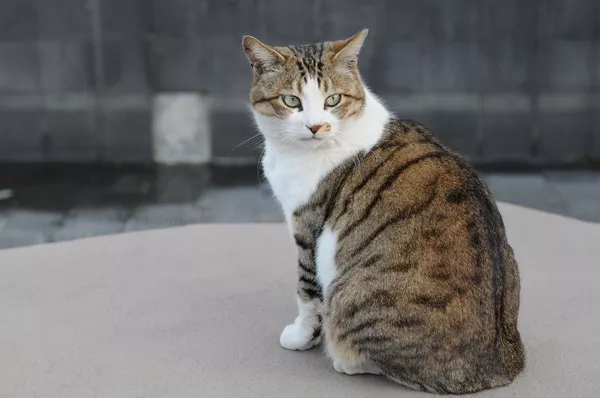The Norwegian Forest Cat, with its striking appearance and captivating presence, has long been admired for its majestic qualities. Known for their thick, luxurious fur, strong build, and impressive size, these cats evoke images of wilderness and grace. In this article, we explore the size and physical characteristics of the Norwegian Forest Cat, shedding light on their unique attributes and debunking common misconceptions. By understanding the true nature of their size, we can gain a deeper appreciation for these magnificent felines and their historical origins.
A Glimpse into History and Mythology
a. Origin and Historical Significance: Norwegian Forest Cats, or Norsk Skogkatt in their native Norway, have a rich history intertwined with Norse mythology and Norwegian folklore. They were revered as skilled hunters and companions to Viking explorers, who believed they possessed magical qualities.
b. Natural Adaptations: The Norwegian Forest Cat‘s size and physical characteristics evolved over time to help them thrive in the harsh Nordic climate. Their thick, water-repellent double coats, tufted ears, and bushy tails serve as natural insulation against cold temperatures.
The Norwegian Forest Cat’s Impressive Stature
a. Large and Strong Build: Norwegian Forest Cats are known for their substantial size and sturdy build. They have a strong bone structure, powerful muscles, and a broad chest, contributing to their robust appearance.
b. Weight and Size Range: While individual cats may vary, Norwegian Forest Cats typically range in weight from 10 to 20 pounds (4.5 to 9 kilograms) for males and 8 to 14 pounds (3.5 to 6 kilograms) for females. These weight ranges are indicative of their overall size and stature.
c. Growth and Maturity: Norwegian Forest Cats have a slow growth rate, taking around four to five years to reach full physical maturity. They continue to develop and fill out over this time, gradually attaining their majestic size.
Physical Characteristics and Coat
a. Luxurious Double Coat: The Norwegian Forest Cat boasts a thick, water-resistant double coat that provides insulation and protection against the elements. The long, coarse outer coat covers a dense undercoat, which keeps them warm during cold winters.
b. Seasonal Coat Changes: Norwegian Forest Cats undergo seasonal coat changes, with a heavier coat in the winter and a lighter coat in the summer. This adaptation helps them adjust to temperature fluctuations in their native environment.
c. Tufted Ears, Mane, and Tail: Norwegian Forest Cats have tufted ears, with long hair protruding from the tips, adding to their regal appearance. Some individuals may develop a mane around the neck and a bushy tail, further enhancing their majestic allure.
Temperament and Personality Traits
a. Gentle and Affectionate: Despite their impressive size, Norwegian Forest Cats are known for their gentle and friendly nature. They form strong bonds with their human companions and enjoy being involved in family activities.
b. Intelligent and Playful: Norwegian Forest Cats are intelligent and curious, often displaying a playful and mischievous side. They enjoy interactive toys, puzzle games, and engaging in activities that challenge their intellect.
c. Independent and Adaptable: While they value human companionship, Norwegian Forest Cats also retain an independent streak. They are adaptable to various environments, making them suitable for different living situations, including households with other pets.
Proper Care and Health Considerations
a. Grooming Needs: Due to their long, dense fur, Norwegian Forest Cats require regular grooming to prevent matting and maintain a healthy coat. Regular brushing, particularly during seasonal coat changes, helps to manage shedding and keep their fur in good condition.
b. Nutrition and Weight Management: Norwegian Forest Cats have moderate to high energy levels and require a balanced diet that supports their activity level. Monitoring their weight and ensuring they receive proper nutrition is crucial for their overall health and well-being.
c. Health and Genetic Considerations: While Norwegian Forest Cats are generally healthy, they can be predisposed to certain genetic conditions, such as hip dysplasia and hypertrophic cardiomyopathy. Regular veterinary check-ups and a healthy lifestyle are essential to maintain their optimal health.
Conclusion
The Norwegian Forest Cat’s impressive stature, with their strong build, substantial weight, and luxurious fur, sets them apart as one of the larger domestic cat breeds. Their size is a reflection of their historical adaptation to the Nordic environment and their rich heritage in Norse mythology. Beyond their physical attributes, Norwegian Forest Cats possess gentle temperaments, playful personalities, and a loving nature that endears them to their human companions.
Proper care, including regular grooming, nutrition management, and veterinary attention, ensures the well-being and health of these magnificent cats. As we embrace their size and appreciate their unique qualities, Norwegian Forest Cats continue to captivate with their majestic presence and their enduring place in the hearts of cat lovers worldwide.

